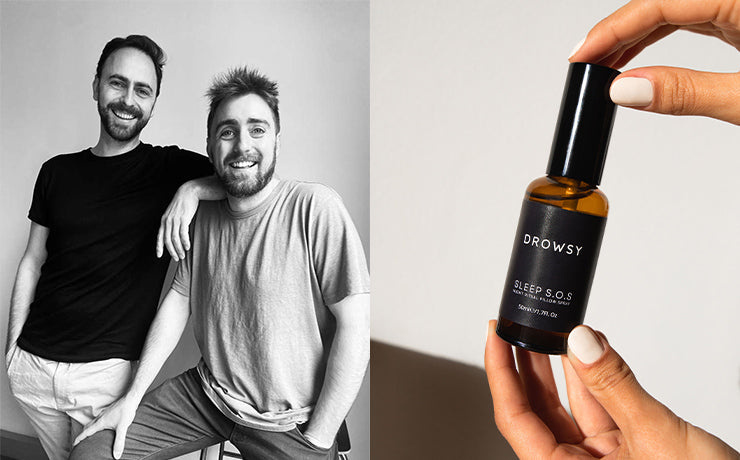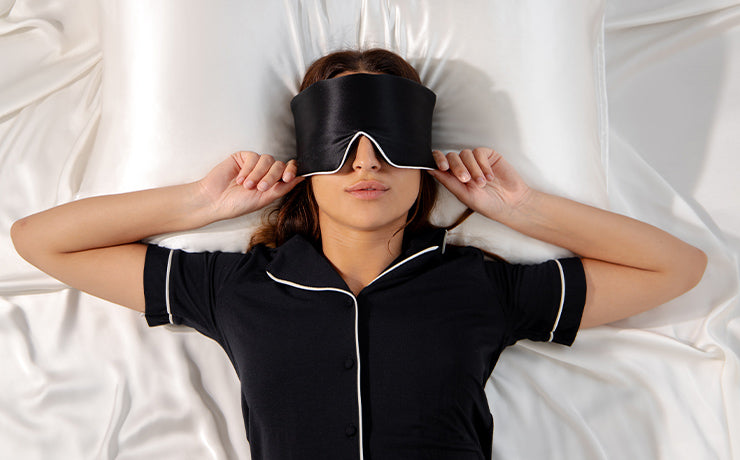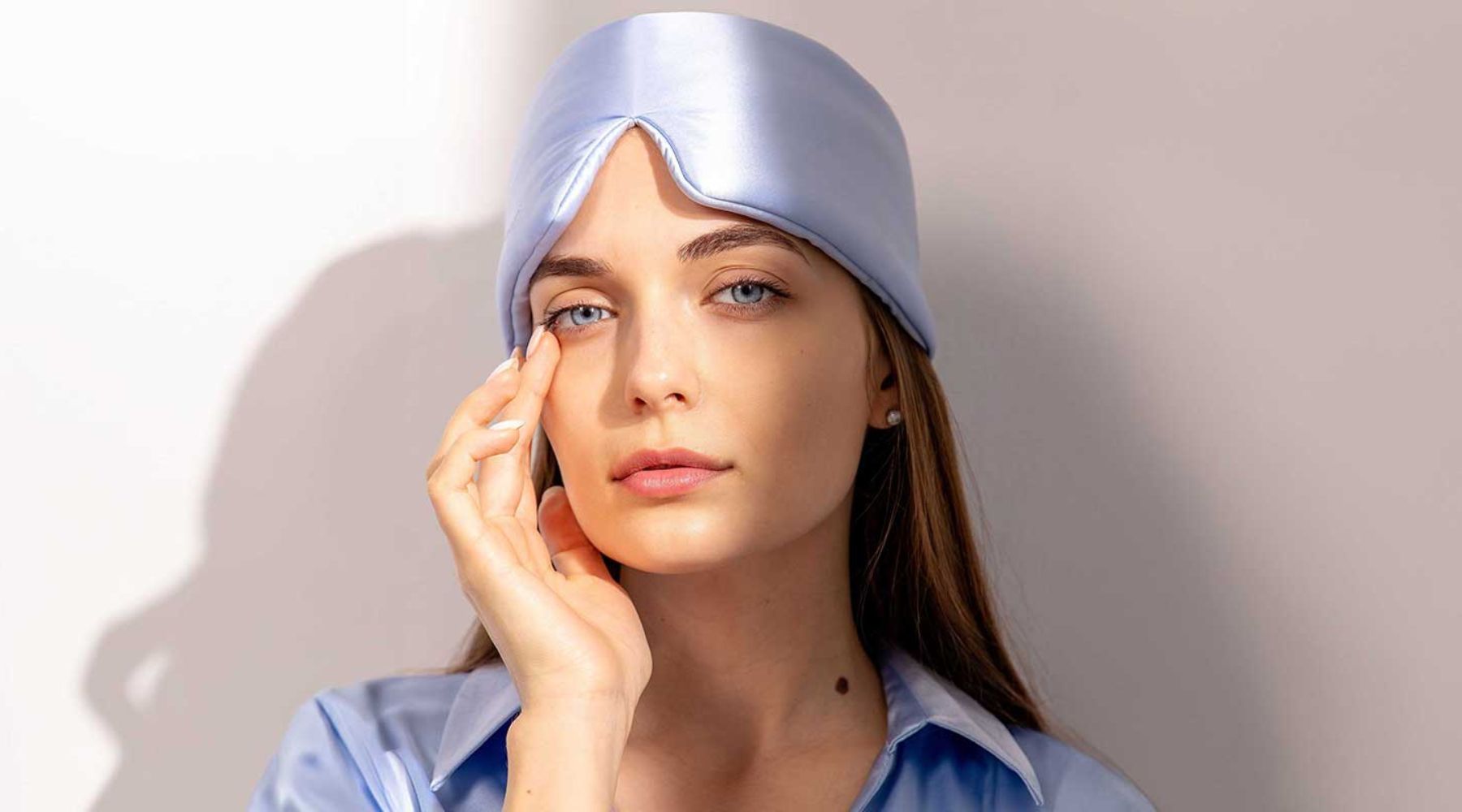Silk vs hyaluronic acid: which is better for your skin at night
When it comes to your overnight skincare routine, two buzzwords come up often: silk and hyaluronic acid. Both are known for helping your skin retain moisture and look smoother. But they work in different ways. One's a fabric. The other's a molecule. So, which one should you be using at night? Let's break it down.
What is hyaluronic acid?
Hyaluronic acid (HA) is a natural sugar found in your skin and connective tissue. Its job? Hold onto water. In fact, hyaluronic acid can bind up to 1,000 times its weight in water. That's why it's found in so many serums, creams, and sheet masks. It helps keep your skin soft and plump.
But there's a catch: hyaluronic acid doesn't create moisture—it holds onto what's already there. So if you apply it in a dry environment without sealing it in with a moisturizer, it can actually pull water out of your skin. Best practice? Apply HA to damp skin and follow up with a cream or oil to lock it in.
What about silk?
Silk isn't a skincare ingredient; it's a fabric. But it plays a big role in how your skin behaves overnight. Pure mulberry silk pillowcases and sleep masks are made from natural fibers that are smoother than cotton. This matters because friction can cause creases, skin irritation, or even breakouts. Silk reduces that friction with its smooth texture.
Unlike cotton, silk doesn't soak up your skincare products or natural oils. That means your moisturizer stays on your face, not in your pillow. Plus, silk is breathable and naturally hypoallergenic. It's gentle on sensitive skin types and doesn't trap heat or bacteria the way some synthetic fabrics do. That helps keep your skin cool at night.

Moisture retention: who wins?
If your skin goal is hydration, both silk and hyaluronic acid can help, but in different ways.
-
Hyaluronic acid works from the inside out. It draws moisture to your skin cells and helps reduce the appearance of fine lines caused by dehydration.
-
Silk works from the outside in. It minimizes water loss overnight by not absorbing your skincare and by reducing skin friction. This supports your skin barrier.
Together, they can be a powerful combo. You apply HA to draw in moisture and top it off with a nighttime routine that includes a silk pillowcase or mask to help maintain it.
Which one helps with fine lines?
Hydration plays a big role in how your skin looks. Dehydrated skin can make fine lines and wrinkles look more pronounced. Hyaluronic acid temporarily plumps the skin, which can soften the look of fine lines. That's why it's often used in anti-aging products and even injectable fillers for mature skin.
Silk helps by reducing the mechanical stress on your skin while you sleep. If you've ever woken up with a crease on your face from your pillow, you've seen what fabric friction can do. Over time, repeated compression may contribute to permanent lines. Using a silk pillowcase or silk mask can reduce this stress and help keep your skin smoother.
What about acne-prone or sensitive skin?
Your nighttime routine matters even more when your skin is reactive. Harsh products or rough fabrics can make breakouts, redness, or irritation worse.
-
Hyaluronic acid is lightweight and non-comedogenic. It won't clog pores and is generally well-tolerated by sensitive skin. However, always check the full product label—some serums include other ingredients that may not agree with everyone.
-
Silk is naturally resistant to dust mites, mold, and other allergens. And because it doesn't absorb oil and bacteria like cotton, it may be a better choice if you're prone to breakouts or irritation.
Some people with acne-prone skin say that switching to a silk pillowcase helped reduce breakouts, especially around the cheeks and jawline. It won't replace good skincare, but it can support it.

So… silk or hyaluronic acid?
Here's the short version:
-
Want to boost your skin's hydration levels? Start with hyaluronic acid.
-
Want to protect your skin and keep products where they belong? Sleep on silk.
The real answer: you don't have to choose. You can (and should) use both. Apply a hyaluronic acid serum to clean, damp skin at night. Follow up with a moisturizer. Then rest your face on a clean, silk pillowcase or wear a silk sleep mask. That way, your skincare stays on your face, not in your sheets.
Best of both worlds: silk + HA
Skincare isn't just about what you apply. It's also about what touches your face all night long. While hyaluronic acid hydrates from within, silk protects from the outside. The two aren't in competition—they're partners. A silk sleep mask from Drowsy paired with a silk pillowcase locks moisture in, blocks out light, and feels weightless on your skin, helping you wake up rested and fresh. Add your favorite nighttime serum, and you've got a routine that works while you sleep!






